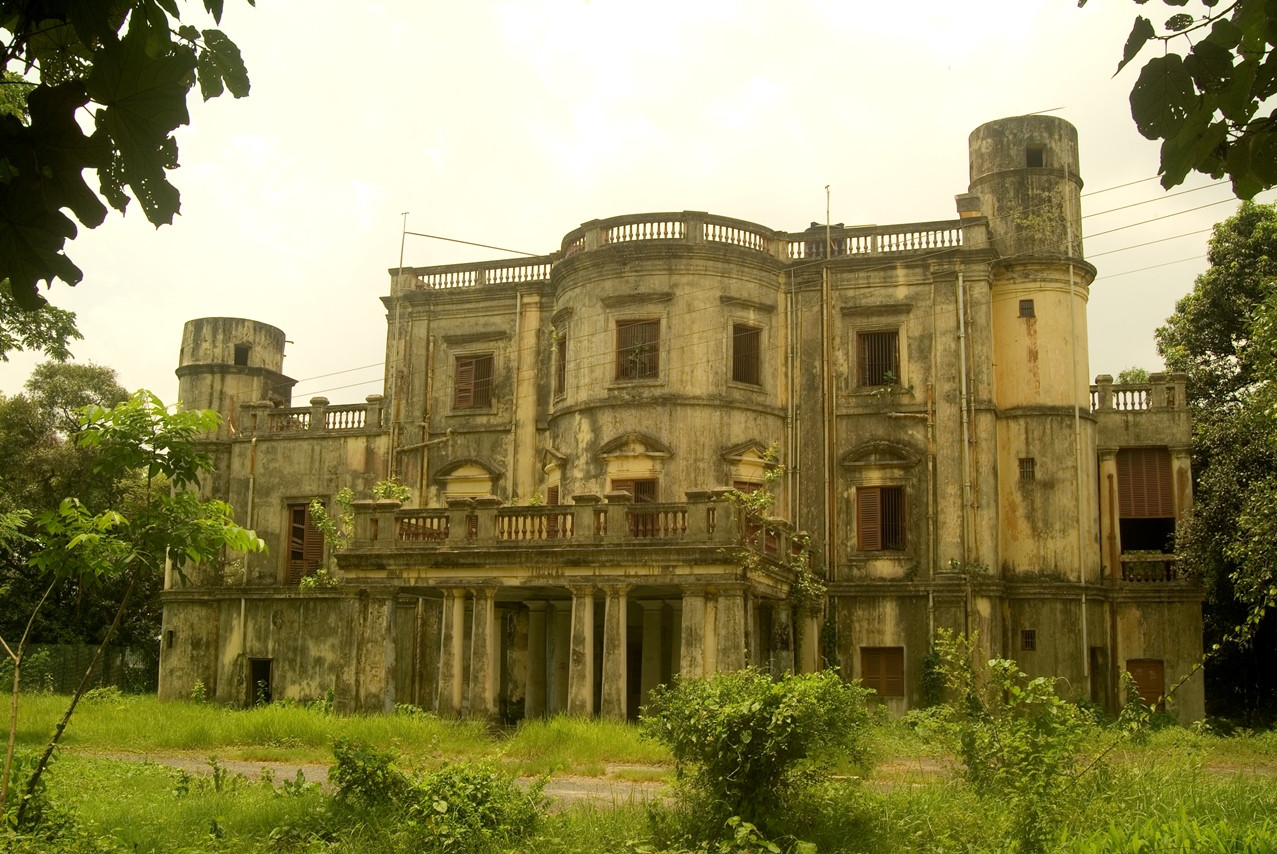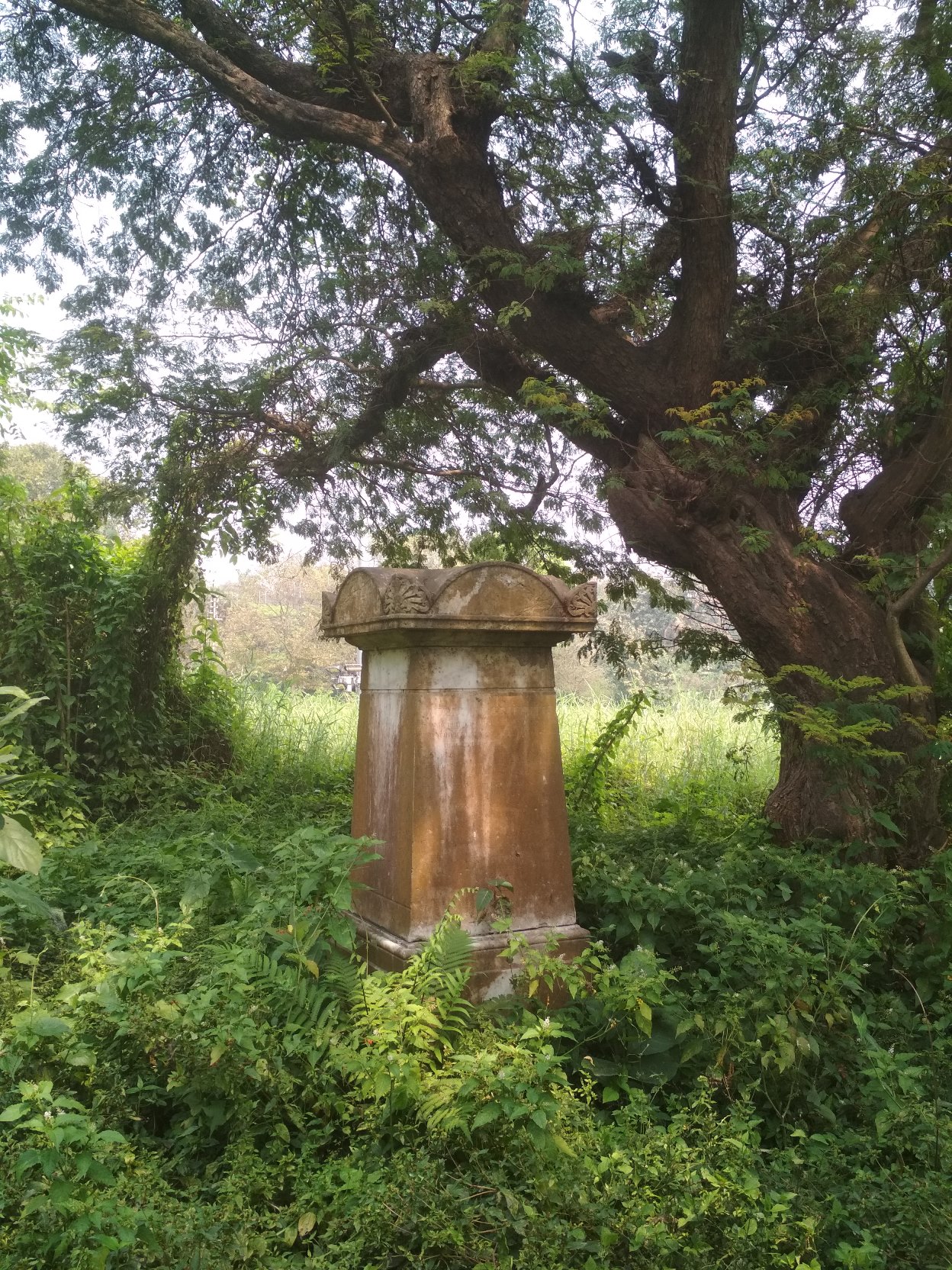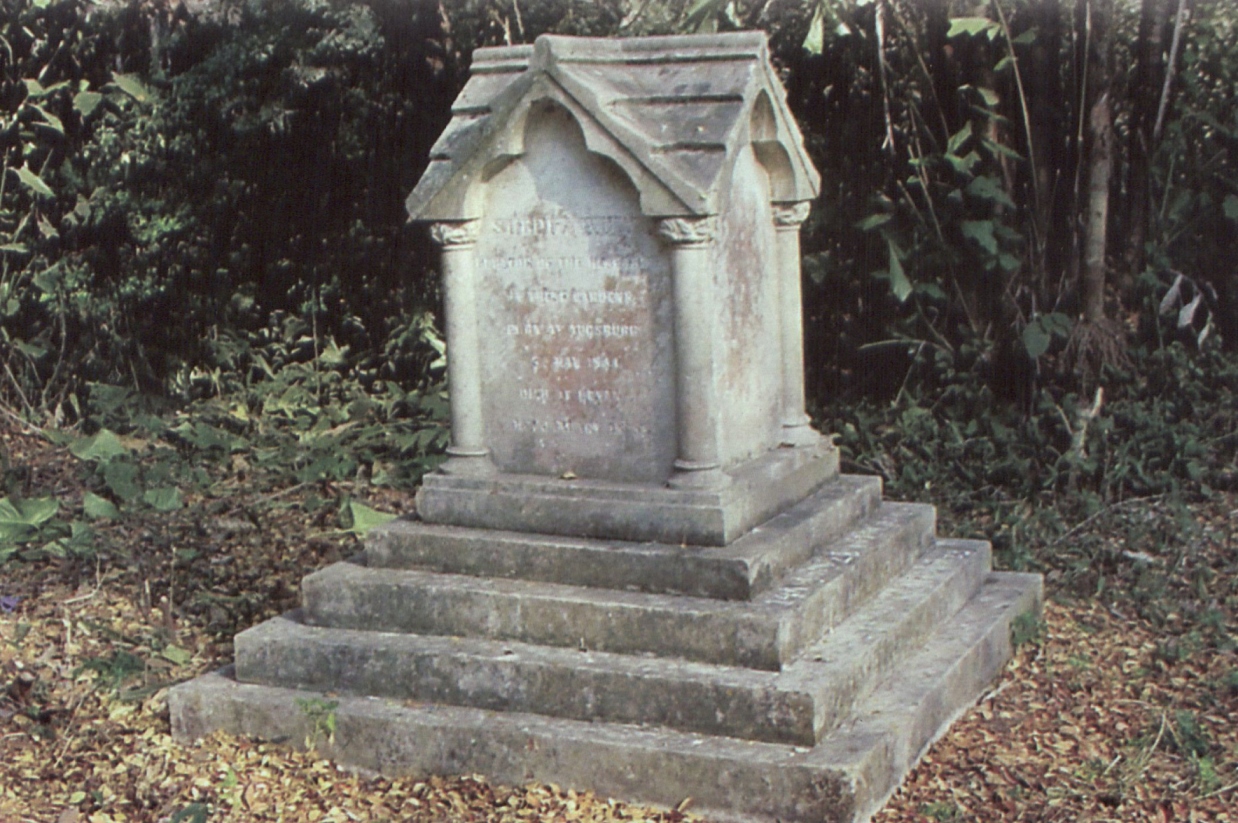CENTRAL NATIONAL HERBARIUM
The Central National Herbarium (CNH) is a national repository with about 2 million plant species. It is the largest herbarium in India and one of the largest herbaria in the world. This air-conditioned building was constructed in 1970. The CNH has collections not only from India but also from other parts of the world. It maintains exchange relations with various reputed international herbaria. More than 15,000 type specimens, the Wallichian collections, with more than 12,000 specimens, and one of the few lithographed copies of Wallich’s catalogue are housed in this herbarium. Further, there is a large collection of coloured illustrations of plants, with the 2583 coloured illustrations forming the Roxburgh Icons enjoying pride of place. Most of the revisionary studies, one of the major thrust areas of the Botanical Survey of India, have also been conducted by scientists of the CNH for the Flora of India. The herbarium is the prime centre of taxonomic activities in India. The library of the CNH has a very large number of old and rare books and journals.
CURATOR OFFICE
The Kiosk building located on the bank of river Hooghly is a single storied high roof building with a semi-lunar big veranda and a marvel structure, and is a major attraction for visitors. Built by Calcutta Electric Supply Corporation (CESC), the building was handed over to the Govt. of West Bengal in 1933. Attached to the Kiosk building there is a room maintained by CESC which leads to an underground tunnel at a depth of more than 100 feet below the bed of the river and connecting the other side bank with the Thermal Power station. The tunnel was built to lay the high voltage cable across the river. Since its construction till independence, the building had been used as a place of dancing floor and evening parties. During 1977, a ‘Cafeteria’ in the name ‘Magnolia’ started functioning with the aim of providing free drinking water and refreshment at a moderate price to the visitors who visit in the garden. During 1989-90 the Kiosk building became the office of the Curator of AJCBIBG and working place of supporting staff. Since then the building is the nerve centre of AJCBIBG with various activities and management work. The building requires proper repair and maintenance as applicable to a heritage building under the supervision of a suitable Conservation Architect.
OLD LIBRARY & HERBARIUM BUILDING
This building was constructed by Sir George King in 1882 and used as herbarium and library. This is a damp proof and fire proof building of masonry and iron except for the doors and windows, was built after the pattern of the Kew Herbarium. King shifted the herbariurn and the library from Roxburgh House to this new building in 1883.
ROXBURGH BUILDING
Roxburgh building is one of the most important heritage structures in the AJC Bose Indian Botanic Garden. This building was constructed in the year 1795 by Dr. William Roxburgh who was the first salaried Superintendent of this Garden. The building had been used as the residential place of Dr. Roxburgh during his stay in the garden from 1795 – 1814 as Superintendent and probably the name ‘Roxburgh building’ appeared because of that. The first herbarium of AJC Bose Indian Botanic Garden established by Roxburgh was also kept primarily in the Roxburgh building. Situated by the side of the river Hooghly, the building is a three storied structure having Gothic columns in front. The door, windows, big halls and the semi-circular veranda facing the river are unique in their architecture. After Dr. Roxburgh, the subsequent Superintendents and In-Charges of the garden also used to stay in the same building up to 1977.
GRIFFITH MONUMENT
William Griffith was born in Ham Common, Surrey, England on 4th March, 1810. After completing his studies from London University in 1832 Griffith arrived in India and soon was appointed as Assistant Surgeon by the East India Company. In 1835, Griffith was sent as a member of a deputation along with Wallich and Mc Clelland, a geologist to study the tea gardens of Assam. Griffith worked with Wallich for the Tea Committee and conducted tea explorations and other collection work, with him in the Gangetic plains. He made significant collections from Mishmi hills and its adjoining areas, Assam to Burma and from Eraavati to Rangoon and Northern region of India. In August, 1842 he was appointed as acting Superintendent of Calcutta Botanic Garden until 1845 in the absence of Nathaniel Wallich.
A monument was erected in honour of William Griffith stands in the Garden near Small Palm House in Division No. 16.
JACK MONUMENT
William Jack was borne on 29th January, 1795 at Aberden, Scotland. At the age of 17 only he entered as Assistant Surgeon in Hon'ble East India Company. From 1818 to 1821 Jack explored Sumatra, Bencoolen and surrounding places and published them mostly in Malayan Miscellanies. William Jack who never maintained a good health developed lungs trouble during his services in Nepal, which aggravated seriously by the end of year 1821. His sufferings added with acute malarial infection took him off and on 15th September, 1822, just at a very young of 27 years William Jack expired at Bencoolen.
In his very short span of life William Jack made significant contributions to the knowledge of Natural History particularly of Malayan region. Most of his findings were published in Malayan Miscellanies, Calcutta Journal of Natural History, Hooker's Botanical Magazine, Hooker's Journal of Botany, and Transaction of the Linnaean Society etc.
A monument in his memory was erected in the Garden in 1844 near the Large Palm House, Division No. 17. The monument made of marble stone with inscriptions-
"Malayan Miscellanies: This stone is placed here to identify with the Honourable Company's Botanic Gardens the recollections of Assistant Surgeon William Jack, who with original genius at an early age contributed to a knowledge of the plants of the British possessions in the East. His extensive Manuscript, historical and botanical, were lost on the board of the ship "H.M.S.- FAME", which was burnt at the sea on February 5th, 1824. He has left an imperishable name by his previous publications, the works to which they were contributed and the groups of plants he discovered described and elucidated are here in engraved".
KURZ MONUMENT
Wilhelm Sulpiz Kurz was borne on 8th May, 1834 in Augsburg, Germany. He was a student of famous Brazilian Botanist Prof. Martius. In 1856, Kurz joined the Dutch Army. He was discharged from military service in early 1864 and in the same year he joined Calcutta Garden as Curator at the behest of Dr. T. Anderson the then Superintendent of Calcutta Botanic Garden. He collected valuable information and materials for the Flora of Andaman under very difficult circumstances. Kurz also explored Burma extensively.
Kurz's friends in Division no. 9 near the Flower garden erected a small monument made of marble stone supported by four pillars placed on four- square steps. Inscriptions on it reads-
" Sulph Kurz, Curator of the Herbarium in this garden. Born at Augsburg 8th May, 1834. Died at Penang, 16th January,1878. Erected by his friends in memory of his botanical meseahcohes in the Malayan Archipilago; Burma, India". Sculptured by Dowling.
KYD MONUMENT
Col. Robert Kyd, the founder of the East India Company’s garden at Shibpur is honoured for his love and interest in gardening, as an amateur botanist and a gardener, apart from his potentiality in his service for which he was primarily appointed and paid by the East India Company. But his desire and various activities were more close and keen as a true conservationist, conservation of plant resources irrespective of their potentiality, which very cleverly he put forward in his proposal for establishment of this garden with scientific aims and economic gains. He tried to accommodate for introduction, growth and cultivation of the constant consignments of ash, oak, chestnut, birch, willow, poplar and plum from England which followed the same fate as those of the European fruit plants. Kyd continued to perform the duties as Superintendent until his death on 26th of May, 1793 at the age of only 47 after felling seriously ill. During the short span of only 7 years, it was the keen interest and remarkable ability of Kyd that a site of shallow ditch was developed to a land for successful introduction and maintenance of more than 4000 plants under more than 300 species.
After the death of Lieutenant Colonel Robert Kyd, a monument was erected in his memory almost at the centre of the garden in 1795 that bears the carved inscription ‘Robert Kyd, Mil. trib. Horti. Foundatori, posuit A. K. MD.CCXCV’.
ROXBURGH MONUMENT
William Roxburgh known as the "Father of Indian Botany", was the first post- Linnean Botanist to describe plants fully and accurately in the form of a Flora. Roxburgh not only described the plants he observed but also got splendidly coloured drawings made of most of them. Roxburgh came to India in 1776 in the service of the Honourable East India Company and served in India until 1813. He worked under Dr. Koenig at Madras Presidency for seventeen years and later in 1793 he joined the East India Company Garden, Calcutta as its first salaried Superintendent. The East India Company Garden, Calcutta under the stewardship of Roxburgh from 1793 to 1813 became the premier centre of plant taxonomy research in India.
In 1822, friends and admirers of Roxburgh erected a monument on the top of a small mound near the Great Banyan Tree. Bishop Heber wrote Latin inscription on the monument, which was later translated by Fr. H. Santapau in 1964. It is fixed separate tablet on the slope of the mound and reads “whoever you be/if this place soothes the mind with its sweetness/ or teaches you to think of god with reverence/ you must hold in high honour/ ROXBURGH/formerly the superintendent of these gardens/a man distinguished for his botanical science/ and most able planner/ or restic pleasance/his country preserves his remains/ here lives his genius/ may you enjoy thoroughly/ to his cherished memory his surviving friends/A.D. 1822.”
WALLICH MONUMENT
Dr. Nathaniel Wallich was born at Copenhagen, in Denmark on January 28, 1786. In 1806 Wallich was appointed Surgeon to the Danish settlement at Serampore. He sailed for India in April 1807 and arrived at Serampore in the following November. Meanwhile, war broke out between England and Denmark and Serampore was captured by the English and retained by them until 1815. Wallich was taken fugitive and later released from his parole as a prisoner of war on merit of his scholarship. By the year 1813 he was well known for his scientific attainments and his keen interests in the flora and natural vegetation of India. He became a member of the Asiatic Society. Wallich was temporarily appointed as Superintendent of this garden and later permanently joined in 1817 and served there till 1846 when he retired from the service. As a botanist of high repute, he prepared a catalogue of more than 20,000 specimens. Wallich breathed his last in London on April 28, 1854.
Dr. Nathaniel Wallich has been remembered by the authorities of the Indian Botanical Garden by naming the avenue after him and erecting a monument, commemorating his service rendered to the study of Botany.





